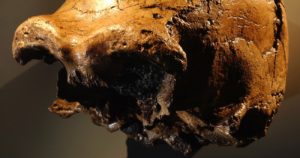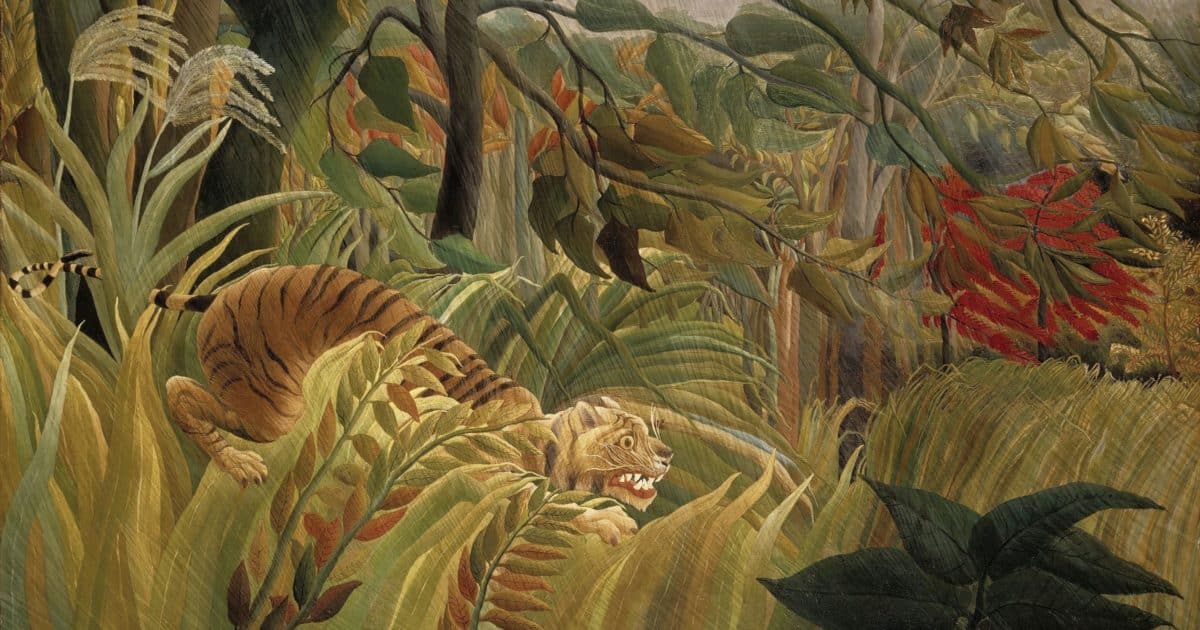
Science and Culture Today | Page 236 | Discovering Design in Nature


Bone Growth Demonstrates Irreducible Complexity and Hierarchical Control

Do Fossils Demonstrate Human Evolution? Let’s Consider the Technical Literature

Can Physics Account for Our Whole Reality?

Emily Reeves: The Systems Biology Revolution

Beneficial Borgs Have Landed

Berlinski, Metaxas in NYC: What Is a Human Being?

Fossil Friday: Flowering Plants — Darwin’s Abominable Mystery

Got These Bad Habits? Blame Neanderthals!






































